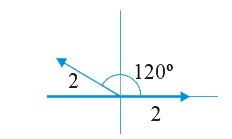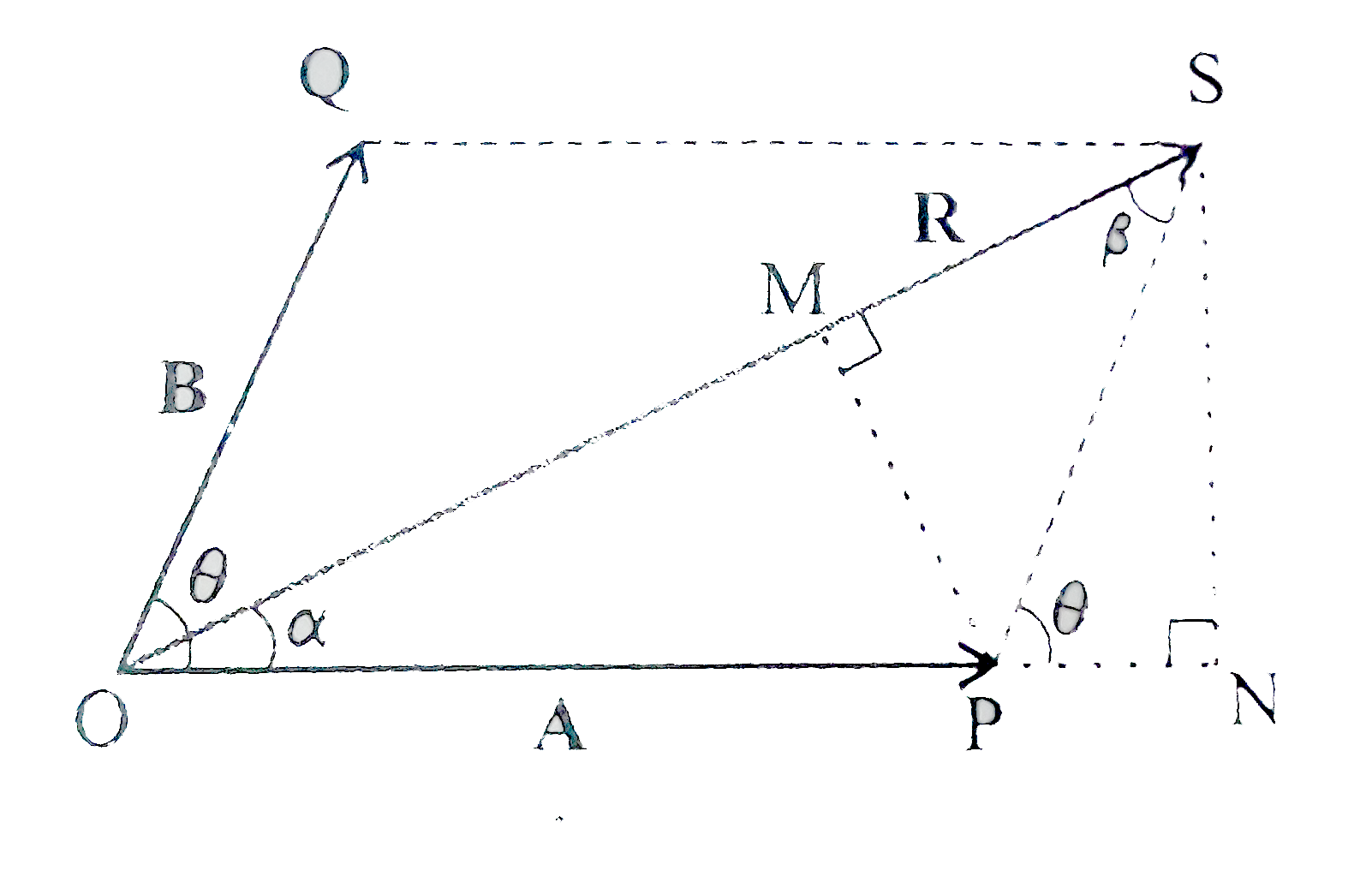Assertion: A vector qunatity is a quantity that has both magnitude and a direction and obeys the triangle law of addition or equivalentyly the parallelogram law of addition.
Reason: The magnitude of the resultant vector of two given vectors can never be less than the magnitude of any of the given vector.
If both Assertion & Reason are Tune & the Reason is a correct explanation of the Assertion.
If both Assertion & Reason are True but Reason is not a correct explanation of the Assertion.
If Assertion is True but the Reason is False.
If both Assertion & Reason are false.
The correct Answer is:3
Step by step video & image solution for Assertion: A vector qunatity is a quantity that has both magnitude and a direction and obeys the triangle law of addition or equivalentyly the parallelogram law of addition. Reason: The magnitude of the resultant vector of two given vectors can never be less than the magnitude of any of the given vector. by Physics experts to help you in doubts & scoring excellent marks in Class 11 exams.
Updated on:21/07/2023Topper's Solved these Questions
Similar Questions
Find the magnitude and direction of the resultant of given vectors

View SolutionState parallelogram of law of vector addition .
View SolutionA quantity has magnitude and direction .can you call it a vector ?
View SolutionState triangle law of of vector addition .
View SolutionThe magnitude of resultant vectors of two vectors given by →A=10ˆi+15ˆj and →B=5ˆi would be
View SolutionFind the magnitude and direction of the resultant of two vectors A and B in the terms of their magnitudes and angle θ between them.

View SolutionParallelogram law of vectors is applicable to the addition of :
View SolutionIf magnitude of the resultant of two vectors equal of magnitude, is equal to the magnitude of either of the vectors, what is the angle between them ?
View SolutionCan we have physical quantities having magnitude and direction which are not vectors?
View SolutionTwo vectors 3 units and 5 units are acting at 60∘ to each other .What is the magnitude and direction of the resultant ?
View Solution
